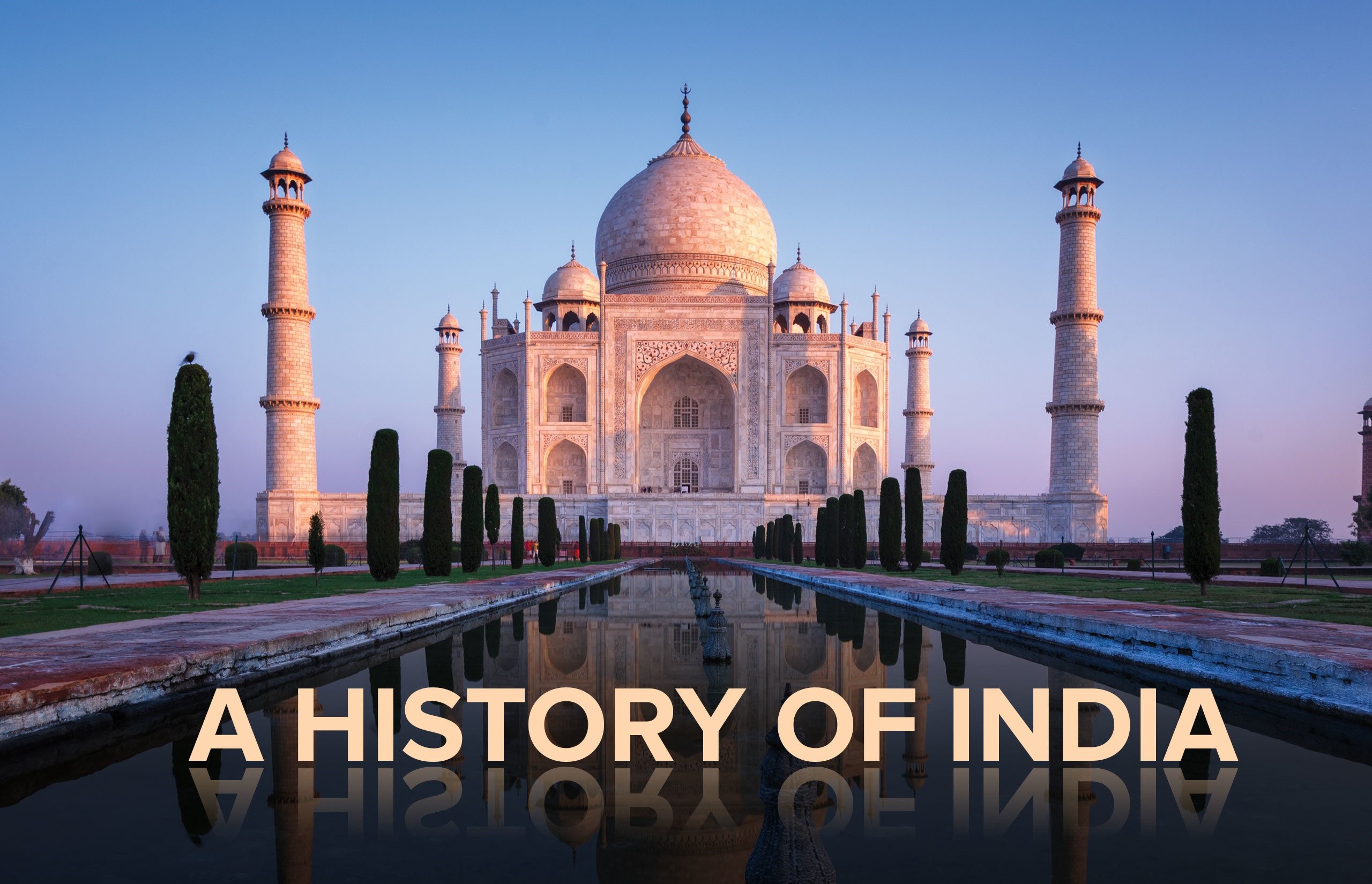Important Places in Indian History
Important Places in Indian History
Ahichhatra
Originally Ahikshetra in Bareilly district of Uttar Pradesh was once the capital of Panchalas.
Aihole
In Karnataka contains chief sites of Chalukyan architecture—nearly 70 structural stone temples important in the development of Hindu architecture and sculpture.
Ajanta Caves
66 miles north of Aurangabad in Maharashtra State. These are rock-cut Buddhist caves, 29 in number. These caves represent a record of unique painting, sculpture and architecture of the period from about the 2nd century B.C. to about 7th century A.D.
Amaravati
It is the legendary capital of Svarga. Also a historical site near modern Vijaywada, believed to have flourished under the Satavahana dynasty.
Arikamedu
It was a sea-port near Pondicherry in Chola times
Ayodhya
A few miles from modern Faizabad, near Lucknow, was capital of the Kosala and the Solar kings of ancient India. Rama was the most prominent among them.
Badami (or Vatapi)
In Karnataka is well-known for Chalukyan sculpture found in the cave temples here. These are groups of Hindu temples dating back to 7th or 8th century and are examples of pure Dravidian architecture. Besides cave temples and rock-cut pillared halls, there is also the famous Malegitti Shivalaya temple.
Belur
In Karnataka is famous for its elaborately sculptured Cheena Kesava temple of the Hoysala period.
Bhubaneswar
In Orissa is known for ancient temples viz., Rajarani; Lingraja; Brahmesvara.
Bodh Gaya
It is situated 6 miles south of Gaya in Bihar State on the western bank of the Falgu river and connected by two metalled roads. It is famous as the place where Buddha got enlightenment. There are modem monasteries, rest houses and museum.
Chidambaram
A town 150 miles south of Chennai known as Tillai in ancient time, was once the capital of the Chola kingdom. Its temples are among the oldest in India and are gems of Dravidian architecture. It is famous as the abode of Natraja the Dancing Shiva
Daulatabad
Near Aurangabad in Maharashtra State is famous for rock-cut fortress of 12th century of near the tomb of the Mughal Emperor Aurangzeb.
Elephanta Caves
On the island of the same name about 6 miles from Mumbai harbor are rock-cut caves of the 7th and 8th century. The name Elephanta is due to the Portuguese, who were apparently struck by the stone elephants which were once found in the landing place.
Ellora Caves
About 15 miles north-west of Aurangabad in Maharashtra State are about 34 caves excavated in the face of a hill.
Fatehpur Sikri
23 miles from Agra in Uttar Pradesh was the city founded by Akbar in 1571 but abandoned soon after. The place contains a number of places, shrines, mosques. The most notable among them is Buland Darwaza, 176 feet high and built to commemorate the conquest of Gujarat.
Halebid
In Karnataka, 10 miles from Belur, is well-known for its elaborately sculptured temples of the Hoysala period. The monuments rank among the masterpieces of Hindu art.
Hampi
In Karnataka, 9 miles from Hospet railway station, is the ruined capital of the Vijayanagar Empire.
Harappa
In Montgomery district of Punjab, now in West Pakistan, is known for excavations carried out here showing signs of Indus Valley Civilization.
Madurai
Popularly known as the "City of Festivals", was till the 14th century the capital of the Pandyan kingdom which had sea-borne trade with Rome and Greece. It is famous for Minakshi temple.
Mammalapuram (now Mahabalipuram)
Situated 53 miles from Chennai, it is known for rock-cut temples, monolithic figures and carvings of the 7th and 8th centuries A.D. The chief points of interest here are the Five Rathas or temples modelled as chariots—"Arjuna Ratha", "Draupadi Ratha", "Dharamraja Ratha" etc. Also famous for Shore temple.
Mandu
In Madhya Pradesh. It is one of the largest mediaeval city sites. It has extensive remains—fortifications and palaces—a synthesis of Hindu and Muslim styles in architecture and painting; Jama Masjid (of Mandu).
Mithila
It was the home of the three scholar sages—Gargi, Maitreya and Kapila. It was the capital town of Raja Janak's territory.
Mohenjodaro
In the Larkana district of Sindh (now in Pakistan) is the site of excavation revealing Indus Valley Civilization.
